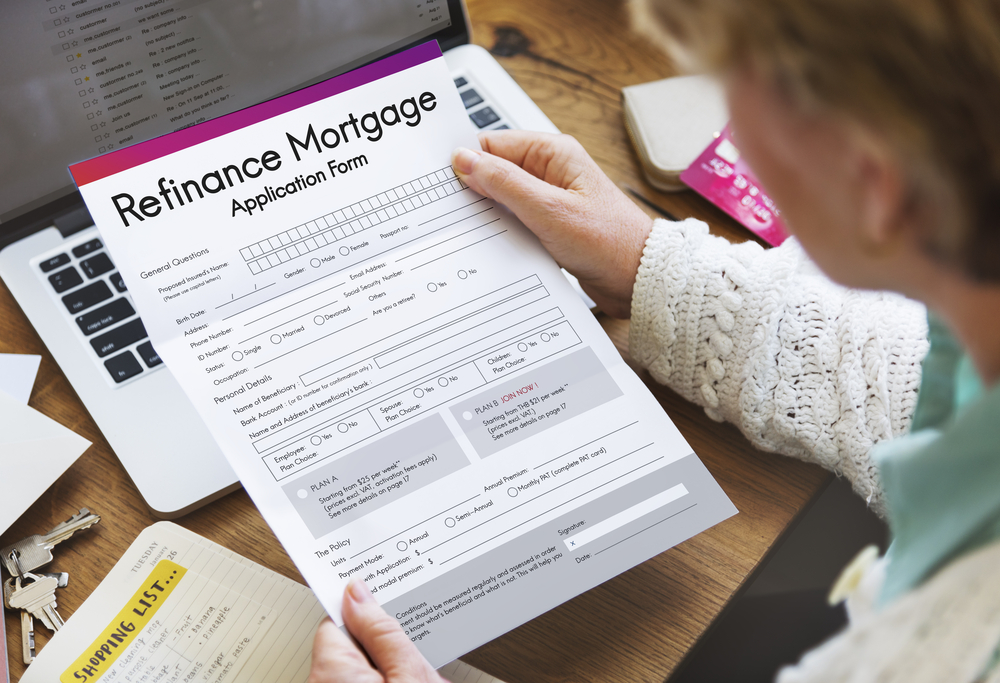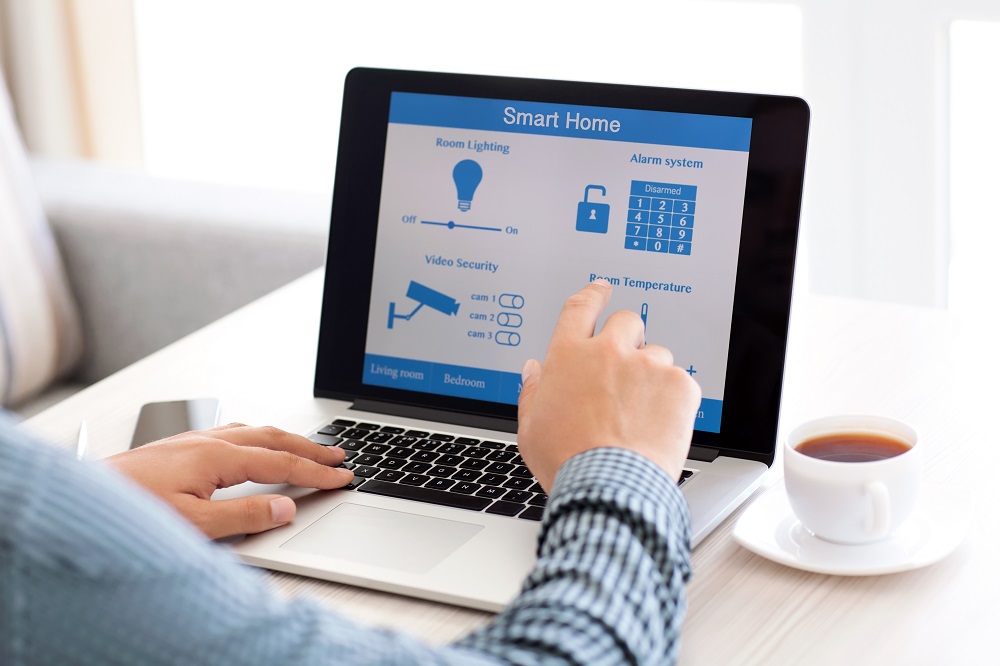Ultimate Guide to Checking Accounts

Welcome to the world of banking. Checking accounts are one of the most basic forms of storing and withdrawing your cash. Every professional in the working world, and even young adults and teenagers should consider opening a checking account as soon as possible—the benefits and uses are significant.
In this guide, we’re going to outline what a checking account is. Specifically, we’re going to discuss online checking accounts and compare them against their brick-and-mortar counterparts. Finally, we’ll review savings accounts and list the differences.
What Is a Checking Account?
To expand on the simple definition itself, I also looked at other components which make this financial tool a checking account, as opposed to other types. Typically, this type - including free checking accounts - will include:
- The ability to access funds using paper checks
- The use of ATMs (automated teller machines)
- The use of a debit card for point-of-sale and other mobile purchases
- Transactional liquidity - allowance of numerous withdrawals and typically unlimited deposits, unlike other account types which limit these transactions
In addition to these characteristics, checking accounts are available to meet different needs. Student accounts often come with lower, or no, fees. Business accounts help you keep your personal and business transactions separate. Joint accounts allow you to add other people like your spouse so that they can also carry out transactions like deposits and purchases.
Online Checking Accounts vs Savings Accounts
When you're in the market to open a checking account online, you may also be looking for an option that offers you a savings account as well. But how do you know which one you need, or if you need both? I took a look at this aspect of online-only banking when investigating the best bank accounts online in order to give you the big picture:
Online Checking Accounts
- Intended for daily or frequent use
- No (or very lenient) restrictions on withdrawals and deposits
- Access at any time
- Ability to use automatic bill pay, money transfers, and other external transactions
- Low (or no) interest rate earned
Online Savings Accounts
- Intended for moderate- to long-term use in order to save and earn interest
- Restrictions on withdrawals, typically between 3 and 6 permitted per month
- Access limited, sometimes requiring transfer to checking first
- Typically, no external facility transfers permitted
- Higher interest rate than checking One factor that can vary to a high degree among both checking and savings accounts is the fee structure. When shopping for the best bank accounts be sure to read all of the fine print on fees, regardless of the type you're looking to open.
Key Considerations for Online Checking Accounts
In your quest for finding an online checking account suitable for you, you should keep in mind these key considerations:
1. Balance Requirement
This is the minimum dollar amount necessary to open and/or maintain the account. Clarify this contingency with the institution to avoid penalties.
2. BBB Rating
The Better Business Bureau rates institutions on a variety of factors including customer satisfaction, business operations, and compliance with legal regulations.
3. Interest Rate
Be sure the institution you open your online checking account with offers a competitive interest rate. Since this number fluctuates alongside economic conditions, it's difficult to specify what a "good" or "bad" rate is. As this is the case, evaluate them based on your individual situation.
4. Fees
Monthly, insufficient funds and overdraft fees are just a handful of the ones to look out for when deciding which online checking account to open.
ATM fees can be particularly painful. In my research, I found that the best checking accounts available online will actually reimburse at least some of your ATM fees. The reason for this is that online-only banks don't normally offer their own machines. With the average ATM fee sitting at $2.90, this can mean significant savings.
5. Extra Features
Explore the extra features offered, as these can make an online checking account even more convenient. The most useful features I put on my list include:
- Mobile banking: If you live life on the go like many people do these days, this feature can be a lifesaver. You can check your balance, move money around between accounts, and even make deposits by simply photographing a check.
- Mobile alerts: These typically arrive via text message and can notify you of a number of events depending on your settings. Get low balance warnings, transaction alerts, and even security alerts which tell you if your PIN or other vital information has been changed. This can help you by letting you know you need to contact your bank immediately.
- Bill pay: According to the Pew Charitable Trusts (a civic research and policy firm), 24% of Americans have used their smartphone to pay a bill. This trend is only increasing, so it's important to make sure you're getting the most up-to-date features when you open a checking account online.
- 24/7 customer service: If you've ever gotten stuck trying to pay for something only to have your card declined, you know why round-the-clock service matters. Technology isn't perfect, and sometimes you need an issue resolved right now, not at the open of business. The best checking accounts online include expanded service hours.
6. FDIC Insurance
The Federal Deposit Insurance Corporation insures deposits in banks up to $250,000. This is a valuable component to look for when evaluating different online checking accounts because it's a trusted agency of the federal government and will protect your funds in the event that the banking institution fails.
How to Open a Checking Account
Once you’ve found a checking account that meets your needs, the next step is to open the account. Fortunately, online accounts offer little difference than their brick-and-mortar counterparts. The process is generally simple.
First, you’ll need to determine whether it will be a single or joint checking account. Choose joint if you’re opening an account with a spouse, or dependent. For joint accounts, you’ll need to include all the information I mention below for the other member in your account.
Second, you’ll have to fill out personal information such as name, date of birth, address, and contact information including email and phone number. For some online banks, you’ll use your mobile number to confirm opening the account and enter a generated security code.
From there, the bank may ask you for your employment status and annual income. Your Social Security number is also required.
These responses will be used to generate a digital W-9 form you should print out for your records. Once you consent to the terms and conditions of the checking account, you can add money.
Using a Checking Account
Now the hard part begins. Once you have a checking account opened and flush with funds, you need to keep a running balance in order to track the amount that you have in your account. A running balance is crucial since proper management keeps you from overdrawing on your account.
Doing so could lead to expensive costs and unnecessary fees. I personally recommend manually tracking the balance. Banks and ATMs run on systems that might be prone to problems, delays, and human error. The available balance the ATM displays might not be the true balance. If you’re not the kind of person to write things down, there are online budgeting software programs out there to help.
From here, however, things are a bit simpler. Checking accounts are primarily used for everyday spending, monthly bills, and other debts. Frequent transactions can quickly run a lengthy record, which is why it’s important to keep on top of what you’re buying and when.

Why use an Online Checking Account?
You may be wondering, why not just stick with traditional brick-and-mortar banking? It's no secret that nearly everything is moving into cyberspace, and financial transactions are no different. The better question may be, why not? Some of the most advanced, convenient features are being offered through online banking. Getting the most out of your money may mean taking advantage of the best free checking accounts on the Internet.
The best checking accounts available online will actually reimburse at least some of your ATM fees. The reason for this is that online-only banks don't normally offer their own machines. With the average ATM fee sitting at $2.90, this can mean significant savings.








